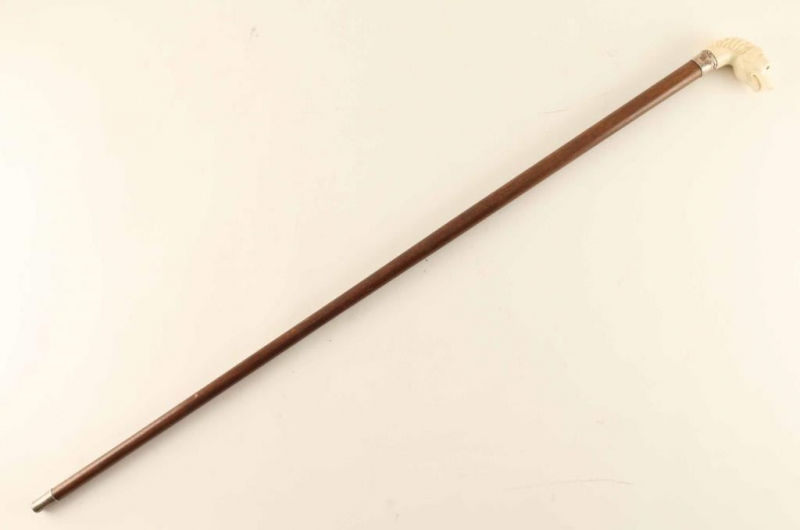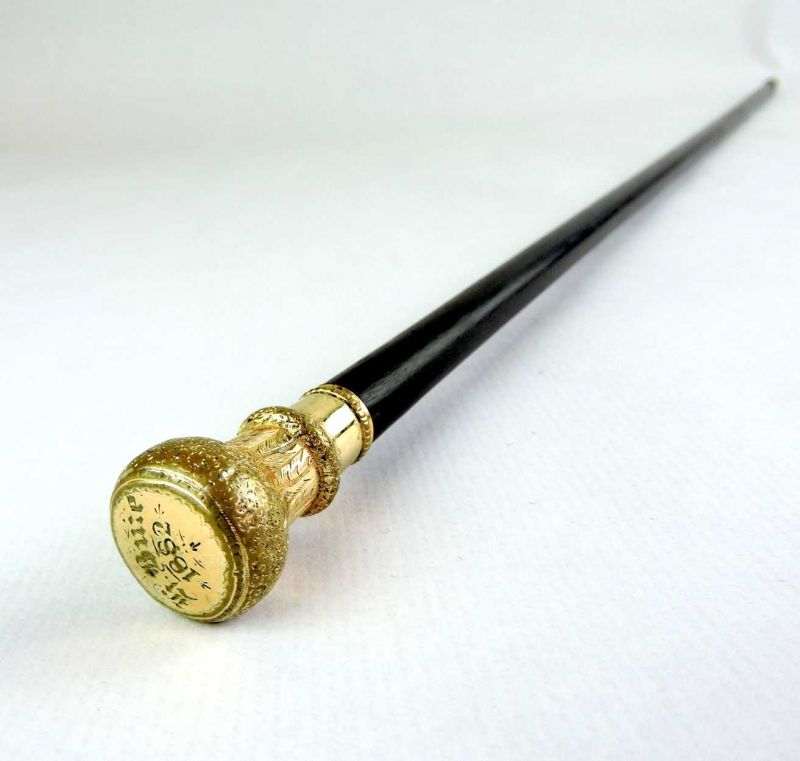Cane
Canes and walking sticks have been essential for the elderly and infirm for generations. But throughout the Victorian era, a stick frequently performed the equally significant role of representing the riches and height of a healthy man. A man may add a little swagger to his stride by using a cane with ornamental shafts and handles, which were all the rage. Exotic hardwoods and elaborate brass handles hinted to global dominance and trade. From typical knob and derby forms to animals and fantastical creatures, artisans fashioned the handles into a wide variety of shapes.
Men used walking sticks and canes as status symbols of power and money rather than as a means of transportation. Canes, which men of the upper class so adorably carried, frequently conveyed power. However, it was entirely conceived from a male psychological standpoint. In the 17th century, people started using canes instead of swords. In the same manner that kings carried specters, men attempted to wield canes as though discreetly indicating that power was in their hands. They also had a large assortment of canes, not just one or two. The majority of individuals had an ivory-handled cane, which was the most prevalent. The use of wood was unusual in 16th-century Britain.












